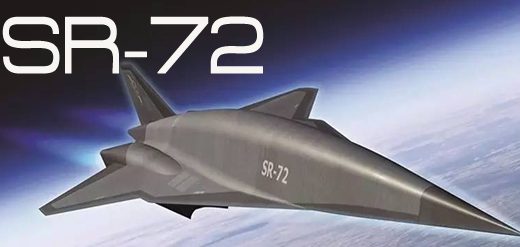
The advent of the SR-72 Dark Star marks a pivotal leap forward in military aviation, poised to redefine global aerial reconnaissance and surveillance.
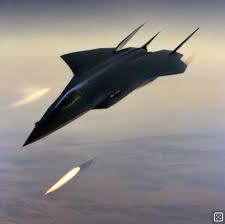
Descendant of the iconic SR-71 Blackbird, the SR-72 emerges as the embodiment of hypersonic innovation, catalyzing a reevaluation of international military strategies.
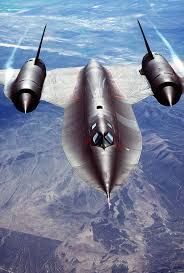
The SR-72’s birth arises from a historical imperative for heightened reconnaissance capabilities—a narrative that finds its roots in the venerable SR-71 Blackbird’s retirement.

Once the pinnacle of US Air Force and CIA surveillance, the SR-71 succumbed to the relentless advance of missile technology. Consequently, America’s reliance shifted towards satellite intelligence and the venerable U-2. However, the forthcoming SR-72 unmanned aerial vehicle (UAV) presents a remarkable return to dynamic, atmospheric reconnaissance.
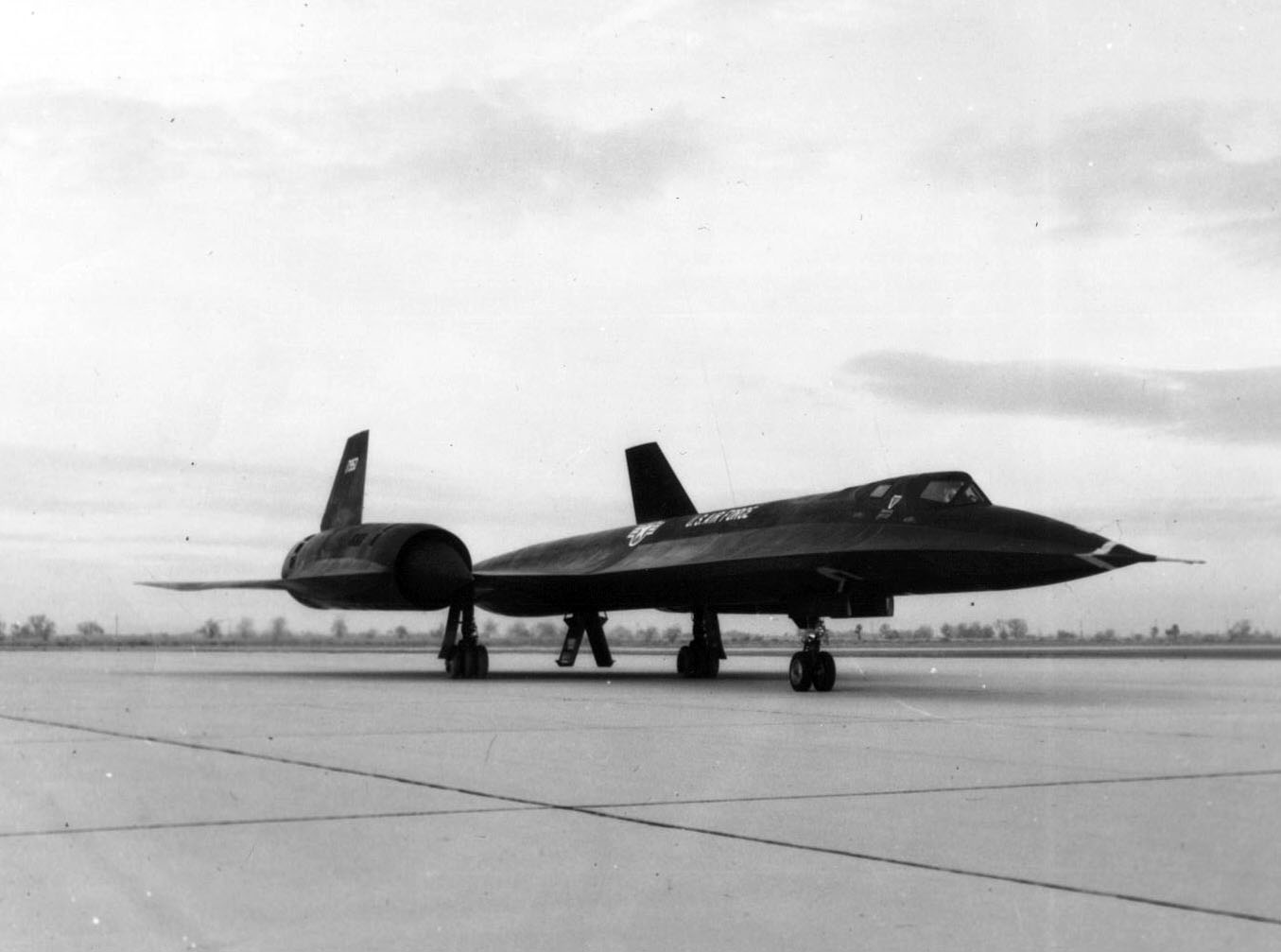
Projected to enter the skies within the next few years, the SR-72 is anticipated to fly at over Mach 6—dwarfing the speed of its predecessor. This hypersonic prowess, coupled with high-altitude operations and advanced stealth technology, envisions an aircraft nearly immune to conventional threats, exerting pressure on other nations to match its capabilities.
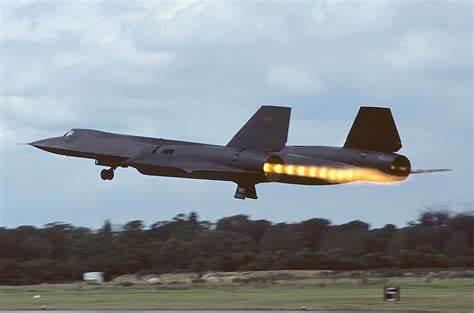
While some countries appear unfazed by this development, with Russia focusing on its Tupolev PAK DA stealth bomber, the impact of the SR-72 is likely to be profound in less militarized theaters. Here, its unmatched speed and evasive abilities could render it virtually invulnerable, altering the tactical landscape dramatically.

With the SR-72, the United States aims to reinstate an unrivaled reconnaissance edge. The key advancements of the SR-72 include its capability to operate at all altitudes, evading detection and interception—an evolutionary leap from the aging fleet comprising the OA-1K Sky Warden, RC-135 Rivet Joint, U-2 Dragon Lady, and RQ-4 Global Hawk.
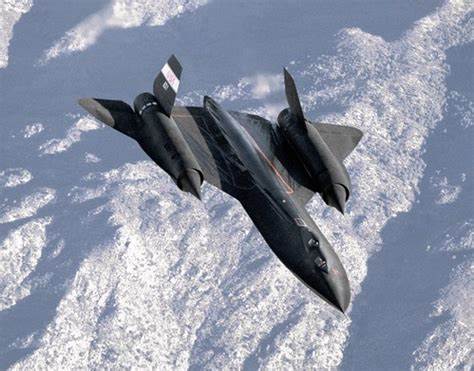
Analyzing the SR-72’s historical context, we observe a military intelligence landscape traditionally bolstered by satellites. Yet, as advanced fighters like the F-22 Raptor and the F-35 Lightning II—both Lockheed Martin creations—face new anti-stealth and anti-access defenses, the SR-72 is a strategic response to emerging challenges.
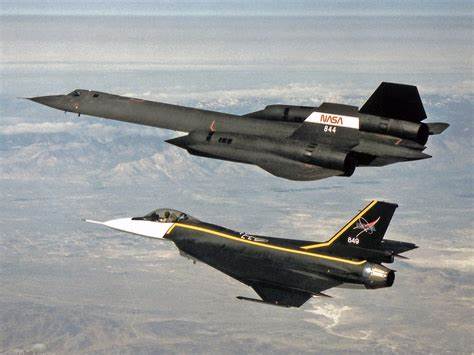
It seeks to blend the high-altitude legacy of the U-2 with the speed and innovation that once defined the SR-71, eschewing vulnerability for relentless efficacy.
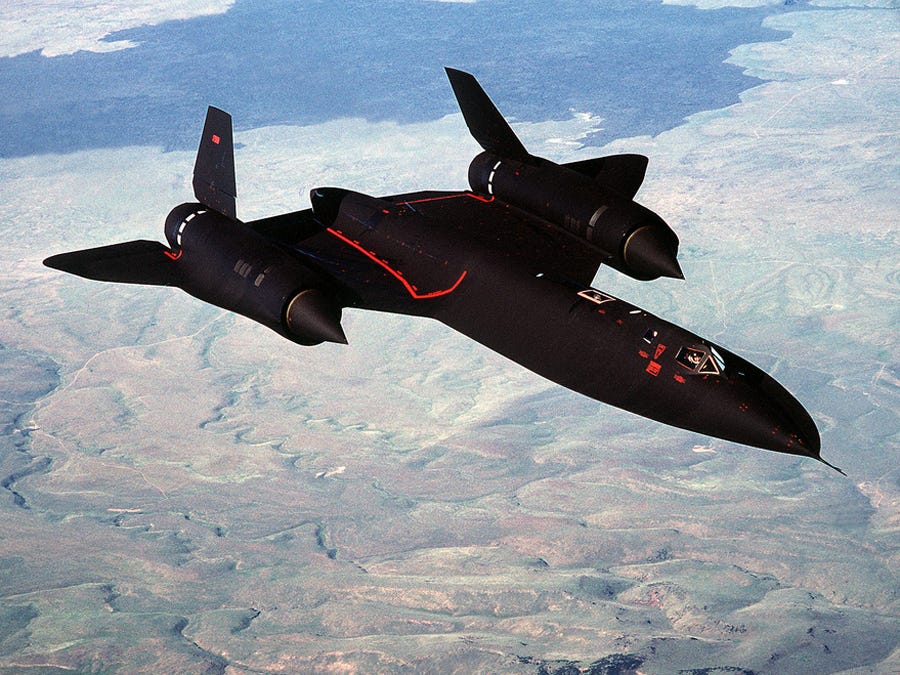
As with all cutting-edge technology, the SR-72’s development necessitates new materials and engineering paradigms, particularly to withstand the heat generated by hypersonic speeds.

The advent of this aircraft indicates a transformative period where traditional materials and techniques yield to revolutionary, yet necessary, advancements.
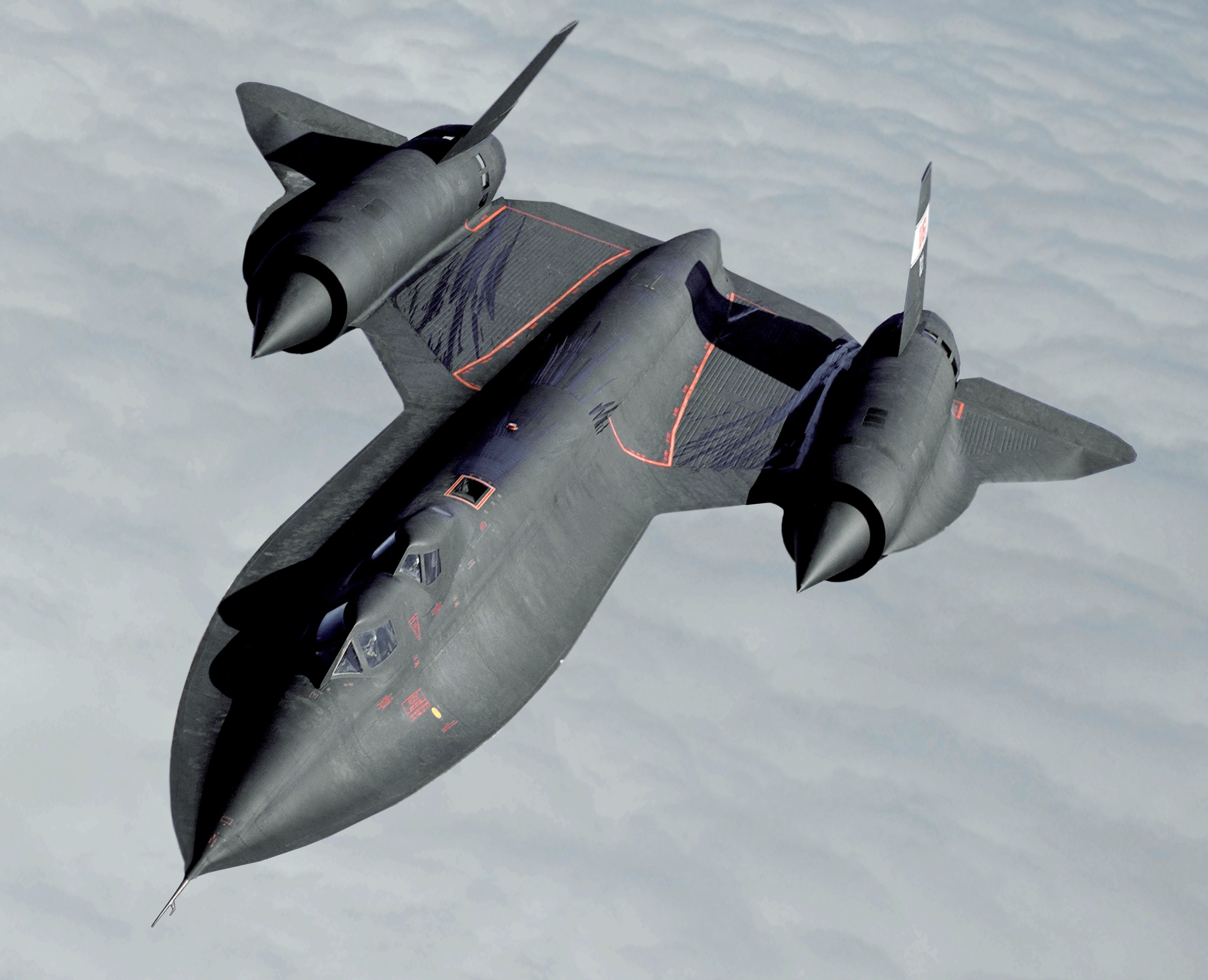
The conversation surrounding the SR-72 coincides with contemporary discussions about the world’s leading air forces, particularly those wielding the Lockheed Martin F-35 Lightning II.
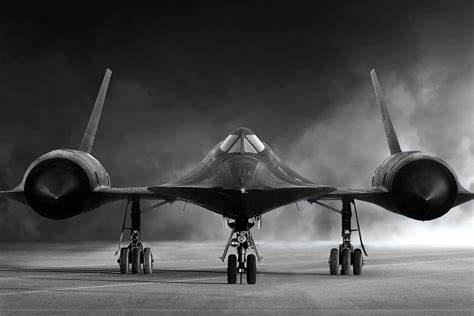
The F-35, a multirole combat aircraft, elevates the reconnaissance and surveillance capabilities of its operators, which include the United States, Australia, South Korea, Israel, and the United Kingdom.

This aircraft, with its three versatile variants (F-35A, F-35B, and F-35C), also underscores the importance of cooperation and shared military investments among NATO members and allies.
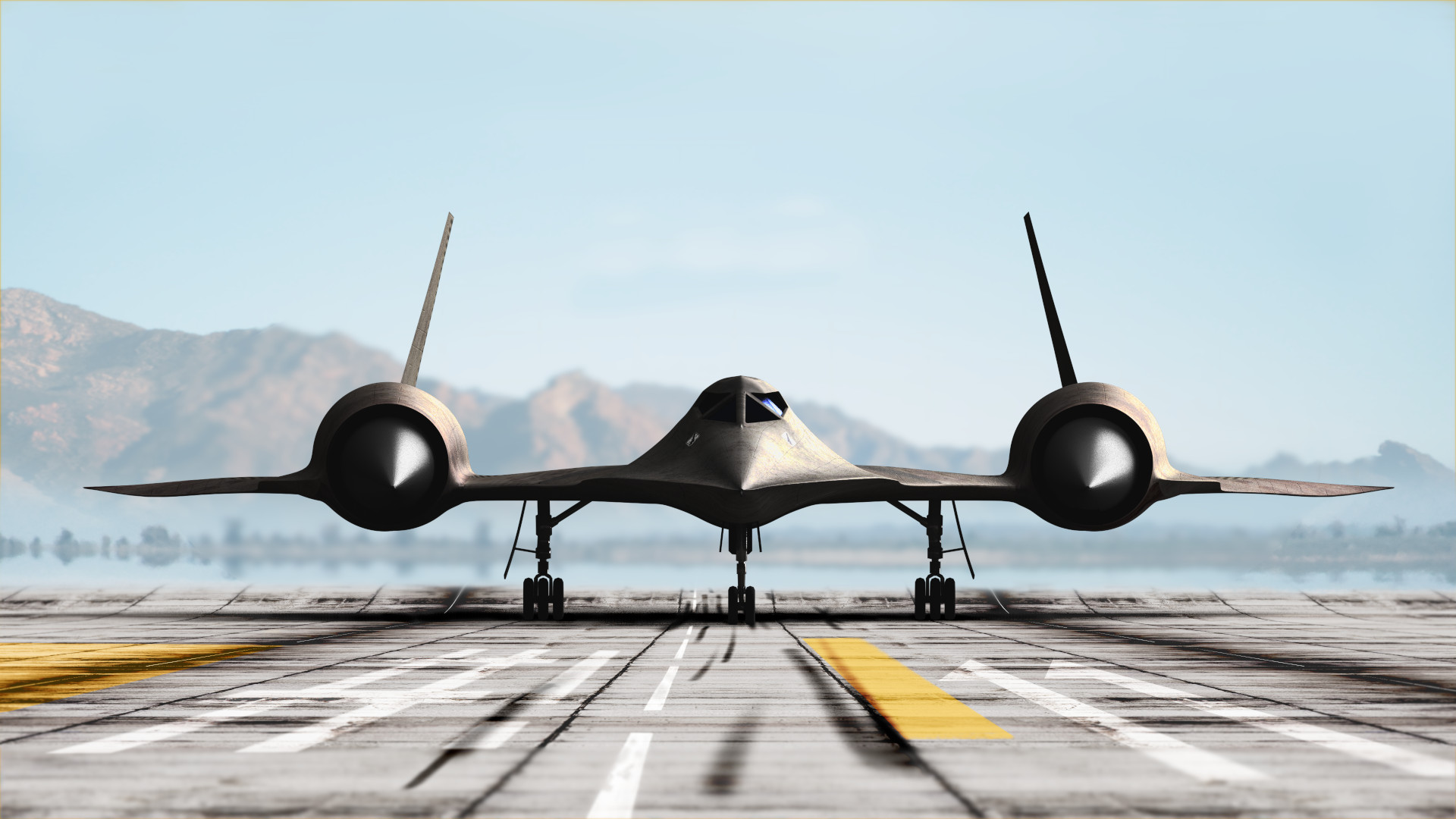
The trajectory of military aviation technology is at a turning point with the SR-72 Dark Star, promising a future where aerial reconnaissance is not merely about staying ahead but staying beyond the reach of adversaries. As the SR-72 moves closer to realization, its effect on global military power, and the strategic implications that ripple through nations, will be profoundly and irrevocably transformative.
Relevant articles:
– What Impact Will The SR-72 Dark Star Have On Global Military Balance?, Simple Flying
– Analysis: These Are The World’s Top 5 Air Forces Equipped With F-35 Lightning II Fighter Jets, Simple Flying
